Description
The I2C Serial Interface 1602 LCD Module is a versatile display solution for your Arduino projects. Designed to simplify the connection between your microcontroller and an LCD display, this module offers significant advantages over traditional parallel connections.
Key Features:
- I2C Communication:
- Utilizes the I2C bus for data and control communication.
- Requires only clock and data lines, reducing the complexity of wiring.
- LCD Compatibility:
- Compatible with LCDs using the HD44780 controller (commonly found in 16×02, 16×04, and 20×04 displays).
- Works seamlessly with Arduino and other microcontrollers supporting I2C.
- Address Configuration:
- The module provides 8 address options (0x20 to 0x27).
- Allows simultaneous control of up to 8 interface modules using just 2 connections.
- Built-in Contrast Adjustment:
- Includes an onboard potentiometer for adjusting display contrast.
- Fine-tune the visibility of your content.
- Backlight Control:
- Backlight can be controlled via firmware or jumper wires.
- Customize the display appearance as needed.
Specifications:
- Display Type: Negative white characters on a blue backlight.
- I2C Address: Default address is 0x3F (may vary based on the manufacturer).
- Supply Voltage: 5V.
- Interface: I2C (4-bit data and control lines).
- Board Size: 80×36 mm.
Setting Up:
- Address Selection:
- The default slave address is 0x3F (check your specific module).
- Some modules may use 0x27 as the default address.
- Refer to the manufacturer’s documentation for the correct address.
- Soldering:
- Solder the I2C-to-LCD piggy-back board to the 16-pin LCD module.
- Ensure straight pins and proper alignment during soldering.
- Connection:
- Connect the I2C module to your Arduino or compatible microcontroller.
- Use clock (SCL) and data (SDA) lines for I2C communication.
Applications:
- Information Displays: Show data, messages, or sensor readings.
- Projects with Limited I/O Pins: Save I/O pins by using I2C.
- Educational Kits and Prototypes: Ideal for beginners and advanced users.
Only logged in customers who have purchased this product may leave a review.
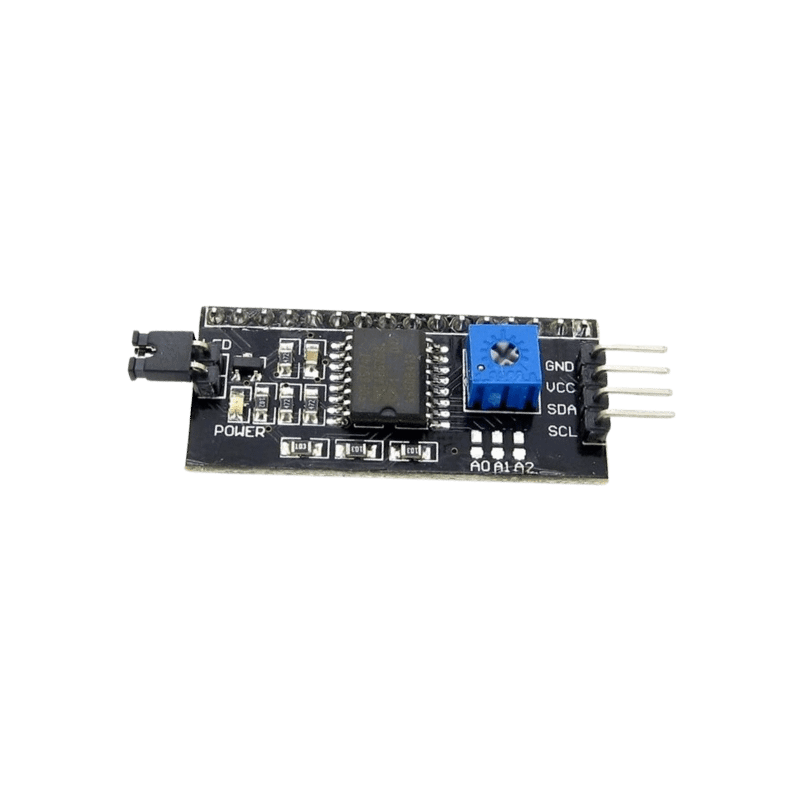
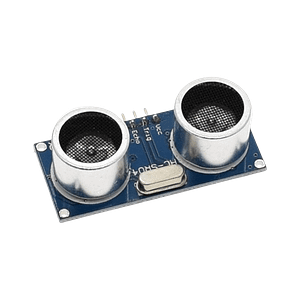
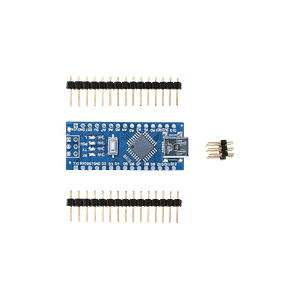
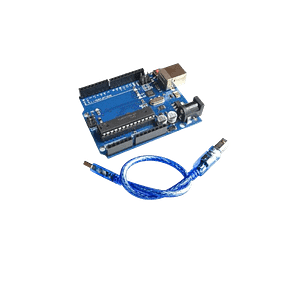
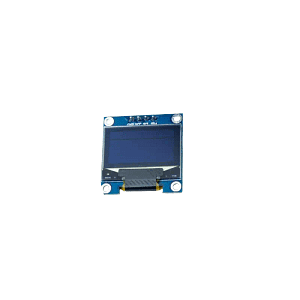
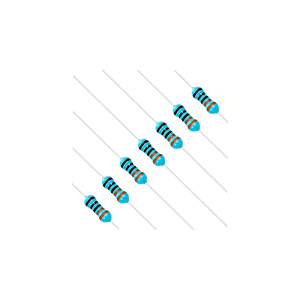
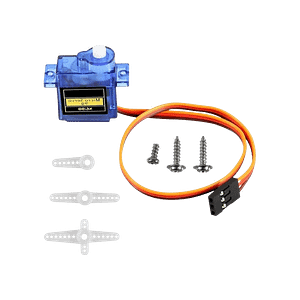
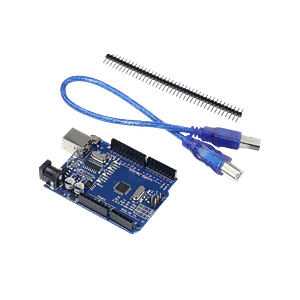

Reviews
There are no reviews yet.